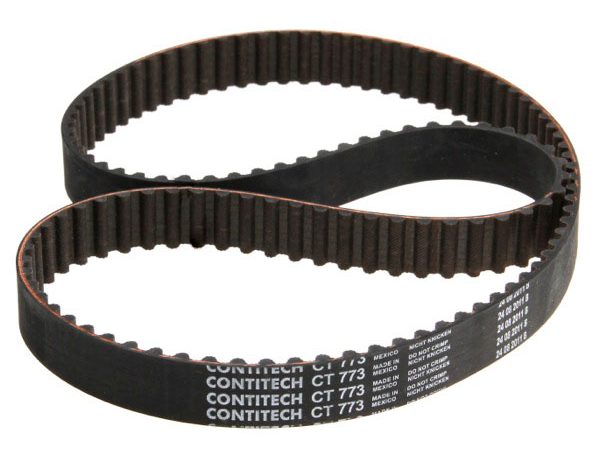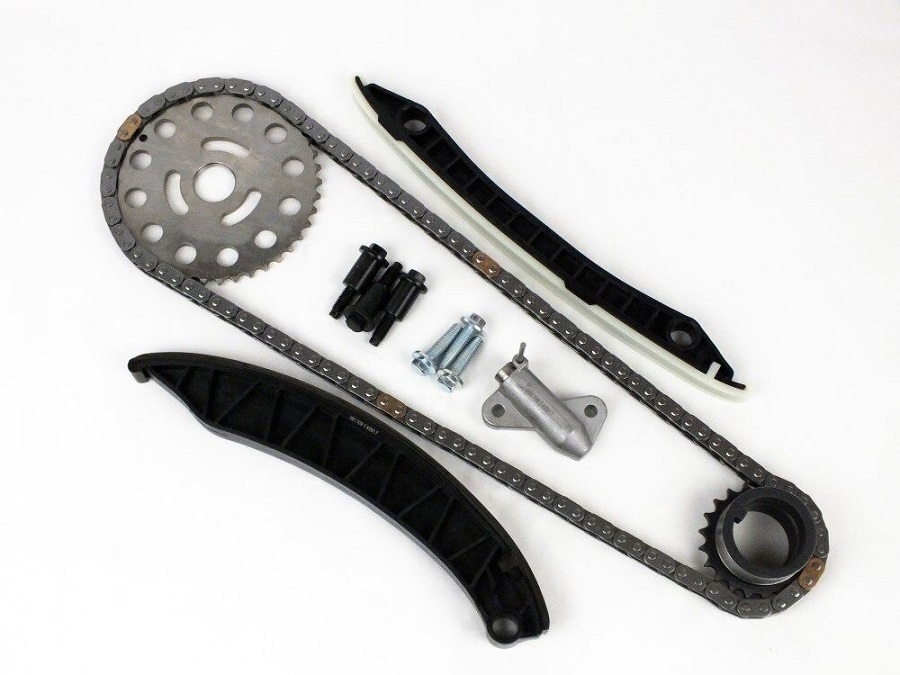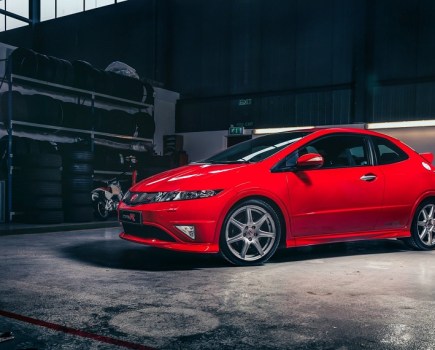Timing Belt vs Timing Chain. What are the positives and negatives of each? We’ve got the answers, so read on to find out more…
When it comes to the inner workings of our engines, understanding the various components is crucial for any car enthusiast. Among the essential components are the timing belt and timing chain. In this feature, we’ll explore the key differences between these two components, shedding light on their functionality, car maintenance requirements, and the pros and cons of each.

What is a Timing Belt?
A timing belt is a reinforced rubber belt that connects the crankshaft and camshaft, ensuring precise coordination between the engine’s components. It operates quietly and efficiently, thanks to its smooth operation and lightweight construction. However, it is prone to wear and deterioration over time due to the rubber material’s composition.

What is a Timing Chain?
In contrast, a timing chain is a metal chain that connects the crankshaft and camshaft. Made of durable metal alloys, timing chains can better withstand the harsh environment within an engine and have a longer lifespan compared to timing belts. You’ll commonly find them in older engines designed for heavy-duty performance.
Maintenance and Longevity
One of the primary differences between timing belts and timing chains lies in their maintenance requirements and longevity. Timing belts typically have a recommended replacement interval of between 60,000 to 100,000 miles. Timing chains, however, usually last the lifetime of the engine with proper lubrication and regular oil changes. The need for periodic replacement of timing belts adds to the overall maintenance costs, whereas timing chains offer a longer-lasting solution.
Noise and Performance
Timing belts are known for their quiet operation, contributing to a smooth and pleasant driving experience. On the other hand, chains can generate more noise due to their metal construction and contact with the engine components. However, the noise level can vary depending on the quality of the chain and the engine’s design. In terms of performance, timing chains offer more precise timing due to their robust and direct connection.
Pros and Cons of timing belts and chains
Timing belts excel in their quiet operation, cost-effectiveness, and lightweight design. They are commonly used in modern engines, particularly in vehicles with smaller displacements. However, their vulnerability to wear and the necessity for periodic replacement can be considered disadvantages.
On the other hand, chains boast durability, longevity, and improved performance due to their robust construction. They are often found in larger engines and vehicles designed for heavy-duty applications. Nevertheless, timing chains may generate more noise and are generally more expensive to replace if they do fail or wear.








